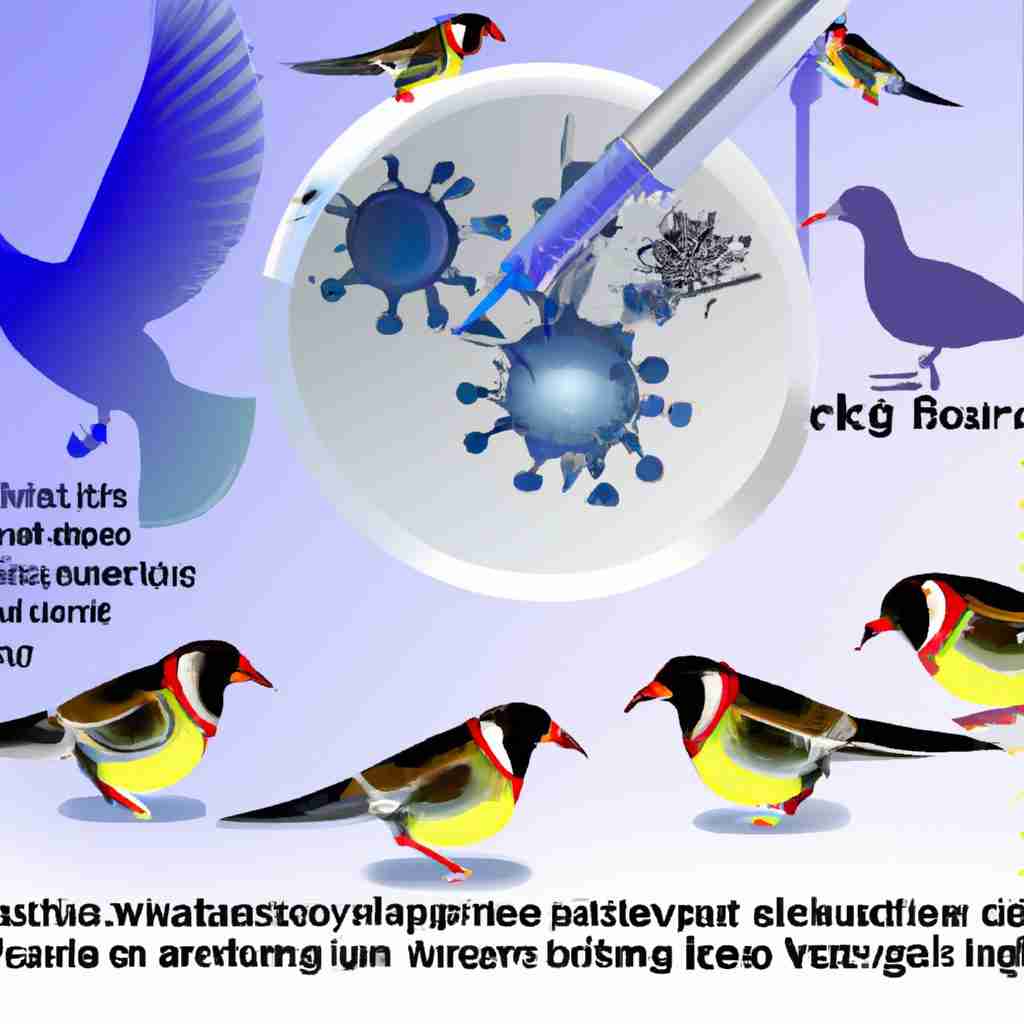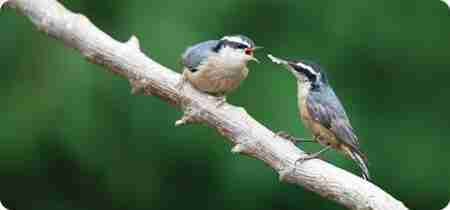Introduction: Researchers from the University of Pittsburgh and the National Institutes of Health (NIH) Vaccine Research Center have unveiled an advanced method to test potential vaccines against bird flu. This significant development was recently published in the journal iScience.
The Urgency for a Bird Flu Vaccine: Recent reports of avian flu outbreaks in poultry facilities both domestically and internationally underscore the pressing need for an effective vaccine. This is especially crucial considering the potential for the virus to spread from human to human. In preparation for such scenarios, researchers have crafted an animal model that more accurately reflects the symptoms of human infection, ensuring rapid validation and deployment of new vaccines during emergencies.
The Threat of Bird Flu: Bird flu, caused by the H5N1 influenza virus, is primarily transmitted by migratory wild birds and can severely impact poultry populations. While there have been instances of the virus infecting humans, it hasn’t spread efficiently among humans. However, cases of H5N1 transmission in mammals, including minks, sea lions, and dolphins, have been documented, raising concerns about potential human-to-human transmission.
Symptoms and Severity: Individuals infected with the H5N1 virus can develop acute respiratory distress syndrome (ARDS), characterized by short and labored breathing. Alarmingly, more than half of those infected with H5N1 succumb to the disease.
Testing and Results: To ensure the efficacy of a future vaccine, the researchers used macaques due to their anatomical and physiological similarities to humans. The team, led by Doug Reed, Ph.D., and Simon Barratt-Boyes, Ph.D., believed that delivering the H5N1 virus as a small particle aerosol would more effectively reach the lungs, simulating natural exposure. Their recent study evaluated the protective capabilities of a seasonal flu vaccine against aerosolized H5N1 virus exposure. The results were promising: all vaccinated monkeys were shielded from death, and their blood samples showed low but detectable neutralizing antibodies against H5N1.
Conclusion: While the study doesn’t suggest that a seasonal flu vaccine can protect against bird flu, it does provide optimism for the testing and faster deployment of future vaccines targeting H5N1 using this model. As Reed stated, “Now there is a path forward to get people protected against this devastating disease.”



